Another day, another Tory reboot?
On Monday, Scottish Conservative leader Ruth Davidson warned the party risks being seen as “too joyless” to win over younger voters.
“Sometimes as Tories we just look a bit dour,” she said at the launch of a new conservative think-tank, called Onward, set-up to figuring out how to capture the youth vote.
“We look a bit joyless, a bit authoritarian sometimes.
“We don’t get to win if we start hectoring the people we need to vote for us.”
Her comments have echoes of a speech made by another senior Conservative politician 16 years ago that the party seems still to be grappling with.
Here are six times the party has tried to “detoxify” and reinvent – as it looks for a 21st century identity.
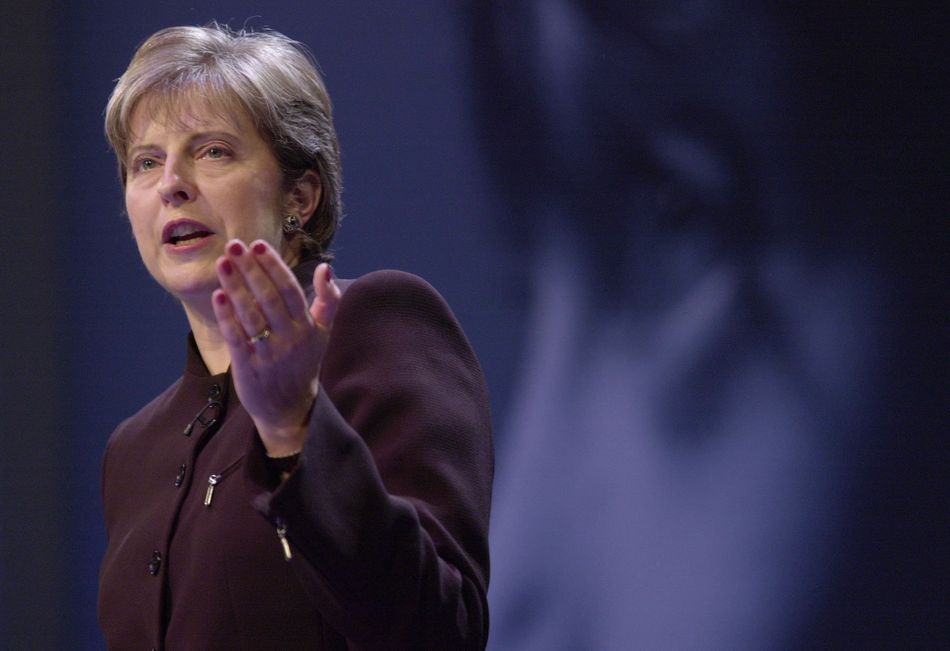
'The Nasty Party'
In 2002, Theresa May, the Conservative Party chairwoman, gave a headline-grabbing speech to the party’s conference in Bournemouth where she said the Tories were sometimes perceived as the “nasty party”.
It was a stunning admission, and came in the immediate aftermath of Tory peer Lord Jeffery Archer being jailed for perjury and the succession of sleaze scandals of the 1990s that helped sweep Tony Blair to power.
The phrase is still referenced 16 years later with May now in Downing Street, invariably by political opponents as a pejorative.
Her observation was seen as the first serious attempt to ‘detoxify’ the Tory brand as Blair remained in his pomp. But it struggled to take hold.
Under the leadership of Michael Howard, the 2005 general election slogan ‘Are you thinking what we’re thinking?’ – which accompanied hardline immigration policies – was about as old-school as it got. The return to type, however, would stand in stark contrast to the tone struck by the next guy at the helm.
Stefan Rousseau – PA Images via Getty Images
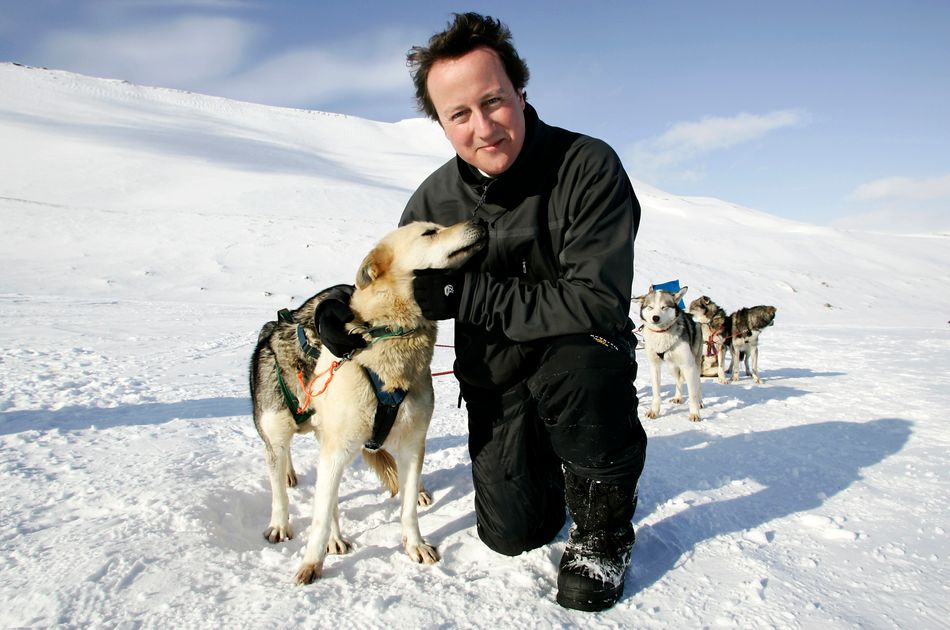
The 'Hug A Husky' Party
In 2005, a baby-faced David Cameron unexpectedly won the Tory leadership election against David Davis, and set the party on a course of modernisation.
Most symbolic of the change was, a year later, when Cameron visited the Arctic to witness the effects of climate change, an issue seen as the province of the Left.
The ‘hug a husky’ moment is not, of course, to be confused with his call for more understanding for the reasons behind youth crime, a move that was seized on by the media as a plea to ‘hug a hoodie’. That was 2006 too.
The plan worked to the extent that Cameron was handed the keys to No 10 in 2010, albeit in coalition with the Liberal Democrats. Still, the Tories had their first taste of power in 13 years.
PA Archive/PA Images
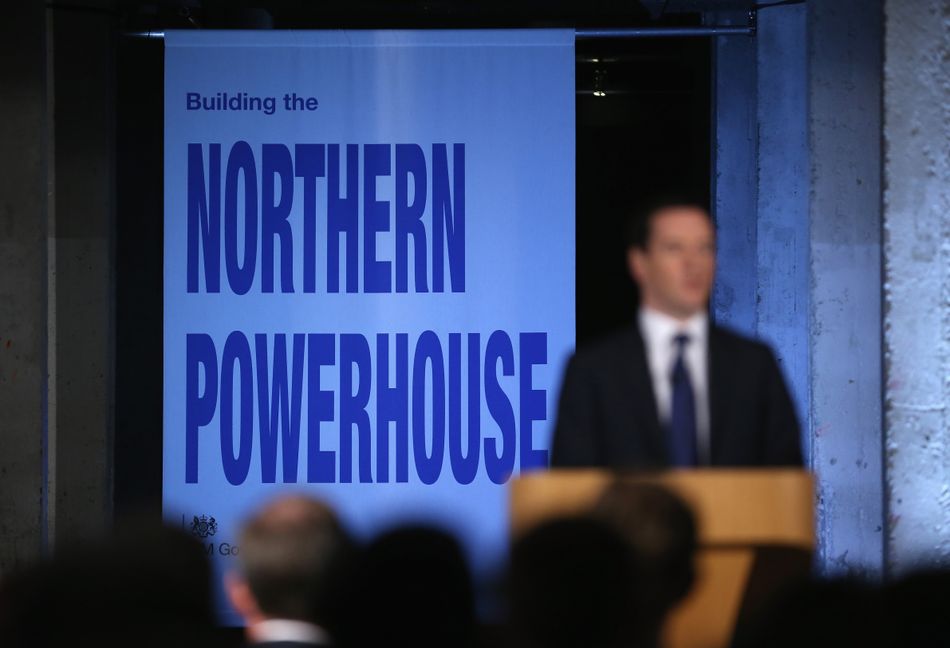
'The Northern Party'
In which George Osborne strapped on a hard-hat, donned a hi-viz jacket and headed out of Westminster with a pledge to create a ‘northern powerhouse’.
An audacious bid to park tanks on Labour’s lawns, the then Chancellor was betting on traditional political allegiances dissolving as he promised a devolution of money and control to the regions.
Directly-elected metro mayors now wield influence across the north, even if Labour holds the key areas of Manchester, Liverpool and South Yorkshire.
But the ‘powerhouse’ billing must seem like a joke to many as vast swathes of the rail network has been paralysed this week, with critics complaining about a lack of investment.
PA Archive/PA Images
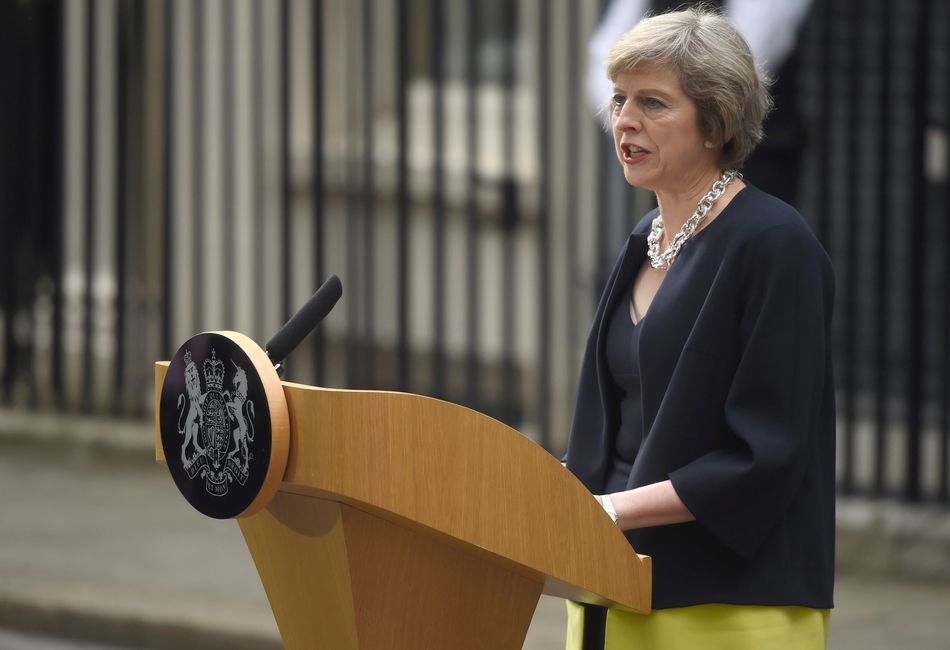
The 'JAMS' Party
It’s 2016. And, after Cameron quit following his Brexit embarrassment, it’s time for another round of Tory renewal.
In her opening speech as Prime Minister on Downing Street, Theresa May coined the phrase ‘just about managing’, a not overly lyrical catchphrase for families struggling to get by on miserably-low wages. In short, they were the ‘JAMS’.
It’s ground that many politicians have attempted to stake-out since the turn of the decade. Ed Miliband called them ‘the squeezed middle’ and Nick Clegg wanted to help ‘alarm clock Britain’.
But May’s mission appeared to have a post-Brexit vote urgency as she pledged to tackle the “burning injustices” that underpinned the Leave surge.
But it failed to cut through. Less than a year later, May went to the polls and lost the Conservative’s hard-won majority as younger voters were drawn to Corbyn-mania.
Back to the drawing board.
Toby Melville / Reuters
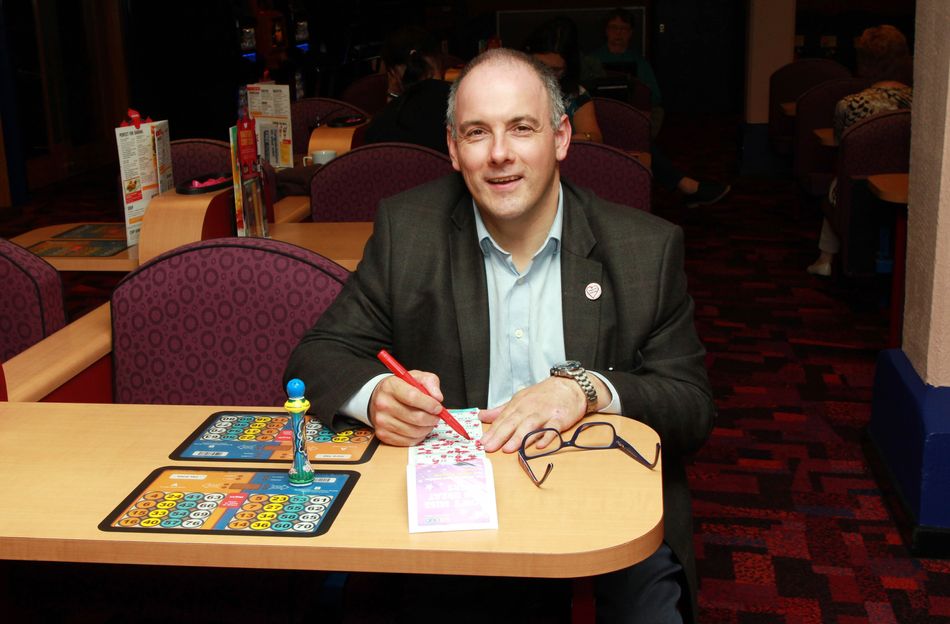
'The Workers' Party'
In the aftermath of May’s ballot box humiliation, former Tory minister Robert Halfon warned the party was “on death row”.
His answer? Re-brand themselves as ‘the Workers’ Party’ to match Corbyn’s “for the many not the few” message that resonated with voters.
The former aide to George Osborne made the suggestion a year earlier, but the name of the party was now so “tarnished” that he was sure the Tories should rebrand themselves as a Conservative Workers’ Party and operate like a trade union for ordinary voters.
Moreover, the party’s tree emblem, introduced by Cameron during his ‘hug a husky’ phase, should be ditched for a “ladder of opportunity” to indicate their desire to help people to get on in life.
PA Archive/PA Images
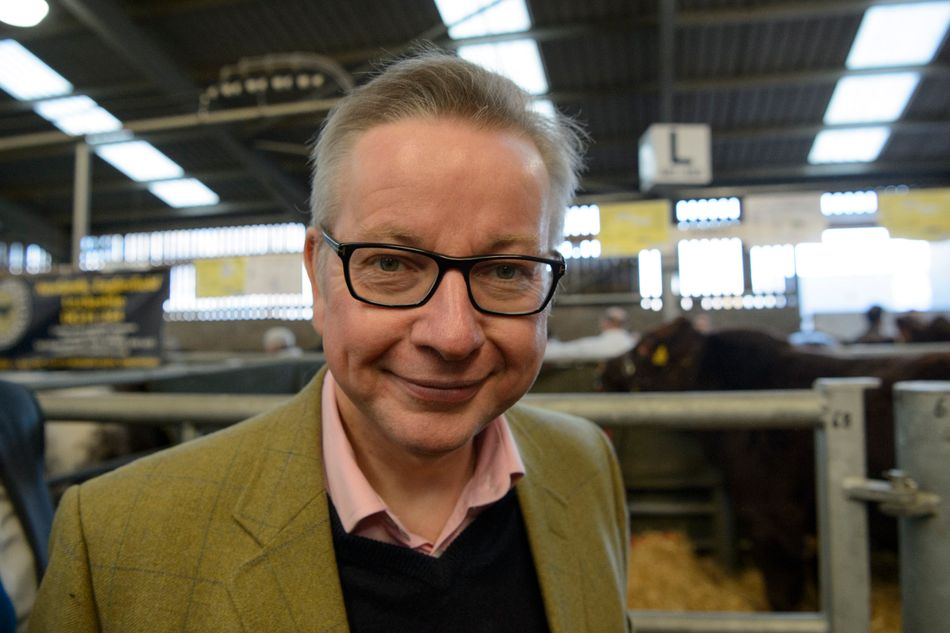
'The Animal Welfare Party'
While the ‘Workers’ Party’ conceit could charitably be described as a work in progress, one top Tory has been getting on with the business of change.
As HuffPost UK noted in December, recently-appointed Environment Secretary Michael Gove was at the vanguard of a green blitz so all-consuming it could have been 2006 again.
May’s supports of a free vote on reintroducing fox hunting during the election campaign was seen as (that word again) toxic, so the Tories needed to show their softer side.
Quick wins such as CCTV in slaughterhouses and banning microbeads have been followed-up on consumer-friendly policies including a ban on plastic straws, cotton buds and single-use plastics.
One senior Tory told us: “It’s been a Number 10 strategy for some time. (Theresa May advisor) Robbie Gibb wants to make the Tory party the animal welfare party.”
Will this one stick?
John Linton – PA Images via Getty Images